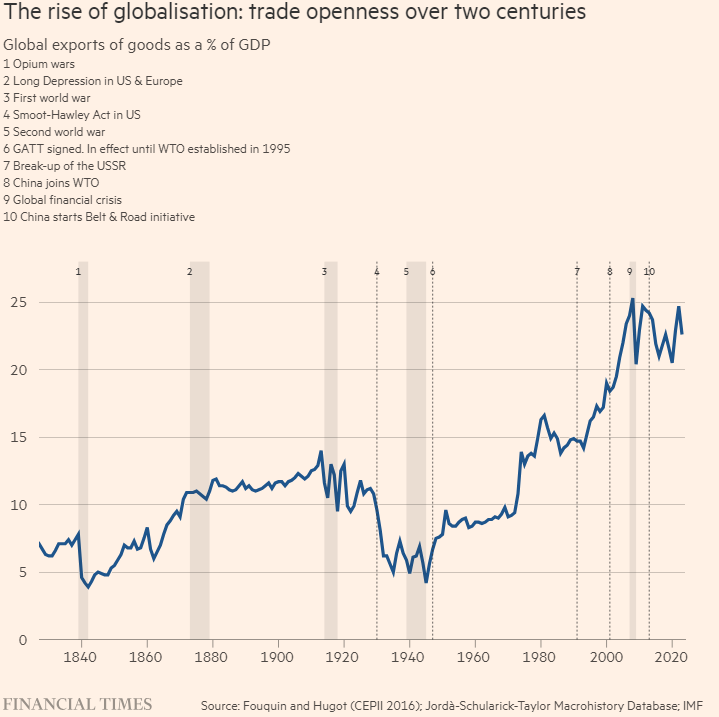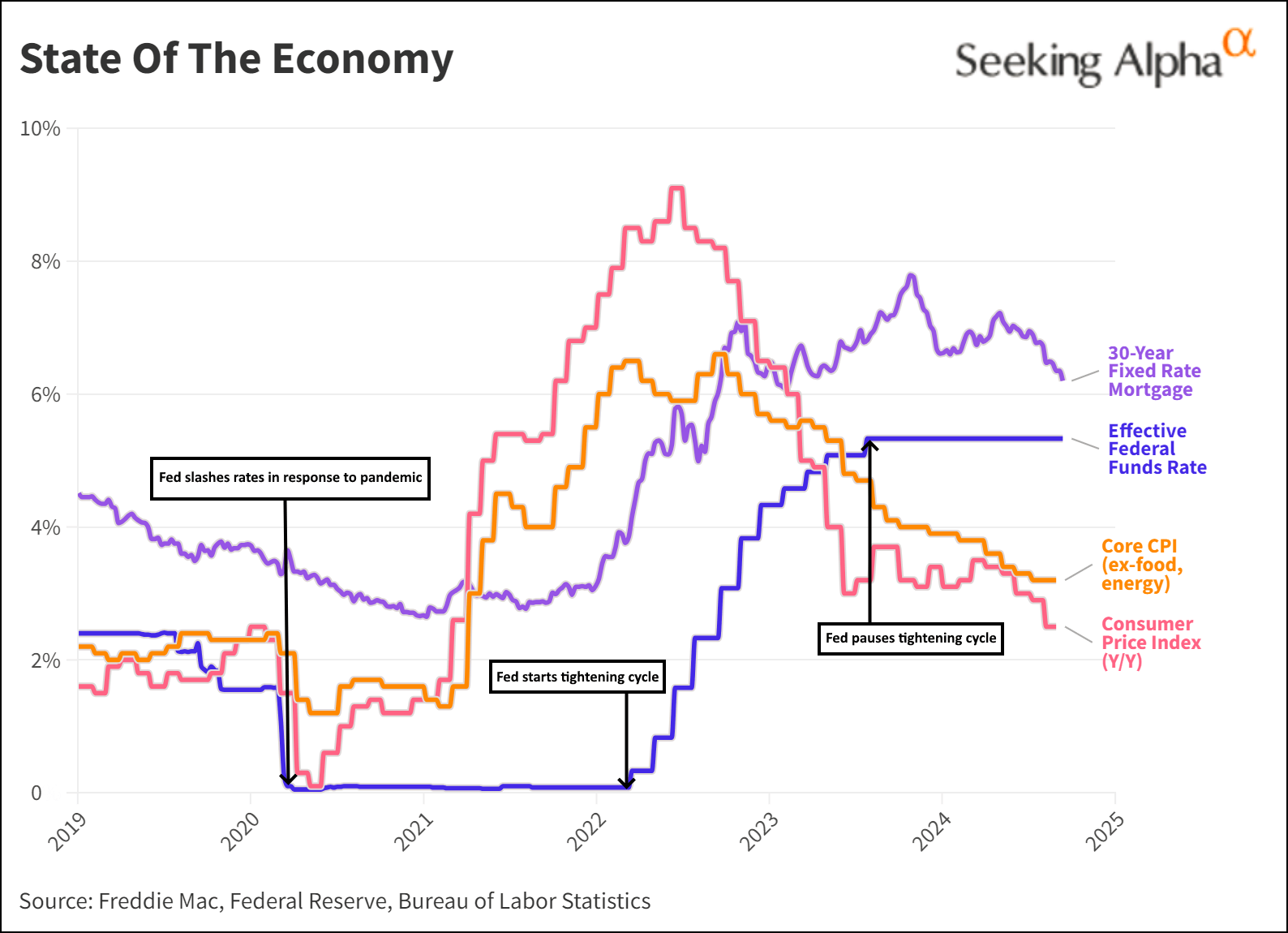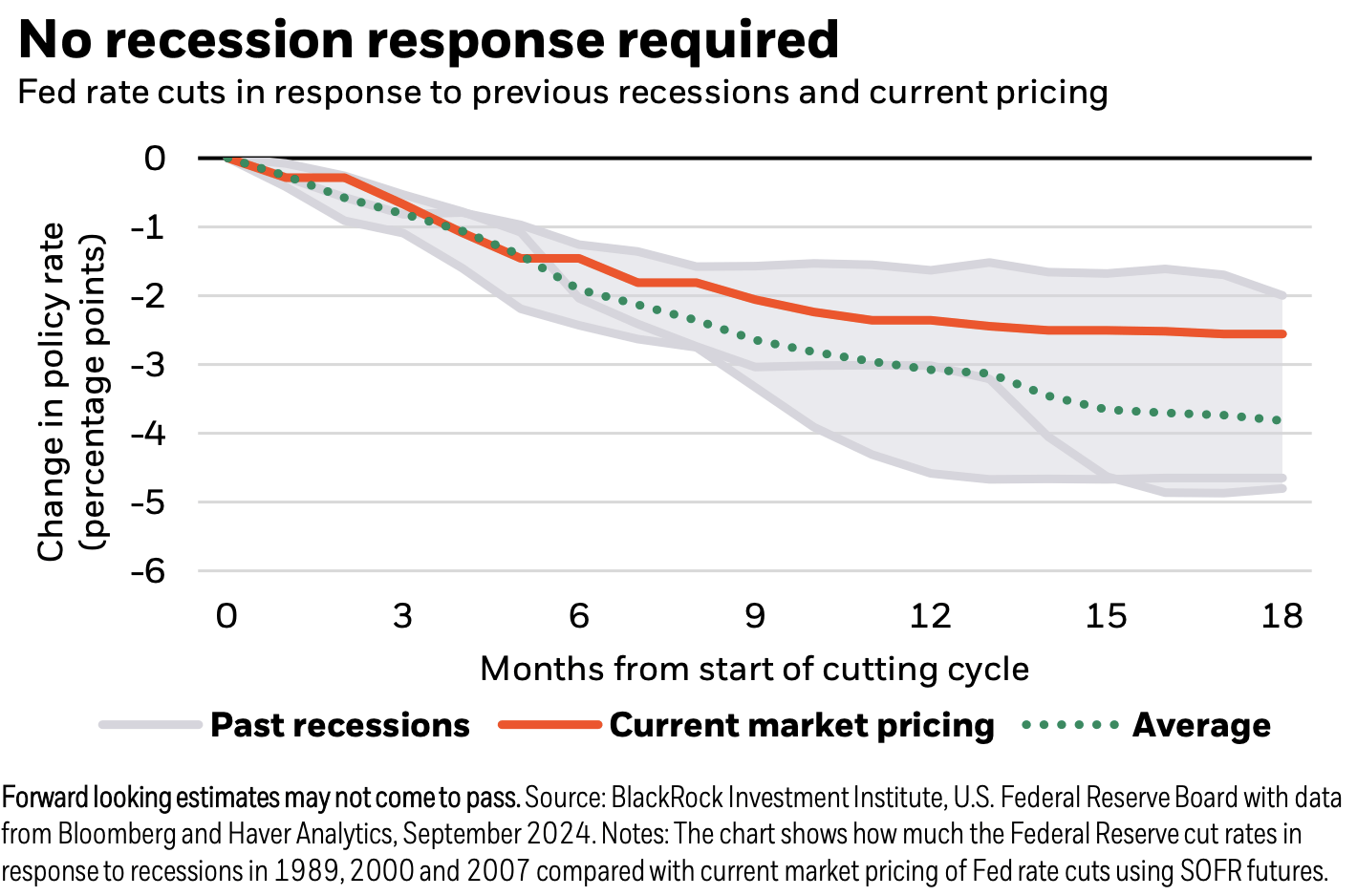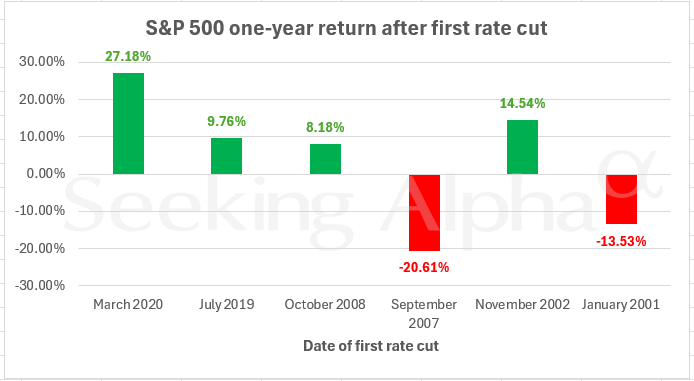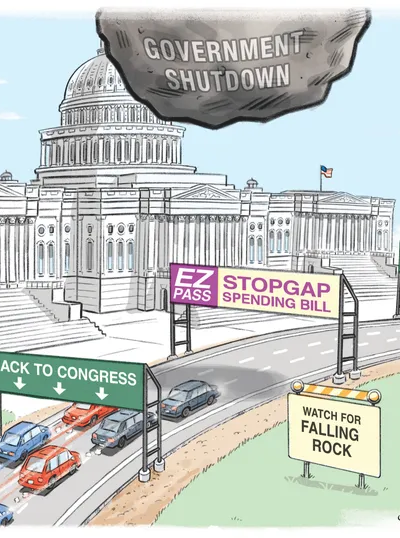It was last fall when we wrote about global trade and the move afoot by quite a few companies to de-risk their logistics, which had become too concentrated in China. It was our opinion then and is today that corporations were not going to abandon China. But risk averse managements were going to develop new sources of production in different locales other than China, because the Chinese political environment had changed for the worse. No longer considered the world’s “safe” industrial workshop, management teams have spent the last year establishing new production centers to avoid/evade Chinese, European and American tariffs and regulations. These political tools are being used by whichever host country to restrict free trade for economic and/or political ends. Globalization is at risk and so is the fundamental benefit of globalization – low inflation.
For centuries people have traded goods all over the world. For some merchants, trade was initiated because they found a lower cost alternative for the product they were selling, a unique physical property which enhanced product qualities, or simply the merchants found more of what they wanted elsewhere. Whatever the reason, trade ensued and over the centuries trade blossomed as is shown in Chart 1 below.
Chart 1
Through world wars, economic depressions and even country breakups, trade expanded. Markets opened, supplies were found, demand from new customers was satisfied and people grew wealthy, moving away from a subsistence existence. For most of those years, inflation was controlled despite the lack of sophisticated banking and monetary systems, which could ease the way through some crises. Now, the two largest economies (the US and China) are at loggerheads on numerous topics. Tariffs and trade regulations are threatening to upend world trade – dividing the world into two camps, one US-centric and another China-centric, where trading within the camps will outstrip trading between the camps. This situation certainly has political repercussions as neither group is blessed with all the raw materials it needs for a modern society. But there will also be economic ramifications from the situation as world markets will no longer be operating as efficiently as they could – which necessarily means that inflation will creep back into our economic lives. This is where connector countries have, so far, played a very useful role. When we speak of connector countries, think of Mexico, Thailand, India, Cambodia, Malaysia, etc. Connector countries are those places in the world which have become intermediaries between China and the US. With a product stamped as made in Mexico, even though parts were shipped from China and assembled in Mexico, American trade officials in many instances have decided to look the other way. If tensions between China and America become hotter still, even too hot for a Mexican label, then supply lines will shift and product will be manufactured/assembled in India, Vietnam or Malaysia. Any transition period from one production locale to another would be the time of greatest inflation risk until production and its attached logistics become routine. Pragmatic governments and market forces are powerful counterweights against economic inefficiencies forced upon people by political strategies. Markets may malfunction for a while. Ultimately, efficiency will return to a free market and inflation will subside. So, while many companies are refashioning their Chinese logistics to accommodate current political reality, inflation may run a bit higher than earlier experienced. But once the markets find their footing, inflation should recede. Globalization, we think, will continue to expand despite the rising political obstacles– because the primary beneficiaries of globalization are customers who will always seek the highest quality product or service for the lowest price. Lower prices will beget lower inflation, which in turn will cheer investors who will bid up asset prices.
LOOK OUT BELOW…….
We have arrived. The Fed has shifted its strategy and cutting interest rates is the order of the day. How fast and how much rates are cut are now the important questions. Let’s look at Chart 2 below to see where we are:
Chart 2
As the reader will note, monetary policy is still quite restrictive or tight because the Fed funds rate at 4.88% is well above some key inflation markers like the CPI and Core CPI. This gap is about 200 – 250 basis points (i.e. 2.00% – 2.50%).
Chart 3
In Chart 3 above, the market is expecting a cut of 250 basis points within 18 months. This would bring interest rates closer to neutral – i.e., to a level where interest rates are not helping or hurting the US economy. We would agree that neutral should be less than 3%. As to when we arrive at neutral, over the next year to 18 months seems reasonable to us. Most importantly, interest rates are going down, which should support equity (private and public) prices, bond prices and real estate values. To substantiate stronger pricing for stocks, as an example, please look at Chart 4 following:
Chart 4
One year after the Fed started to lower interest rates, equities were higher 4 out of 6 times in recent market history. In the two instances when the S&P 500 was lower a year hence – (1) in 2007, the US was suffering through the great housing bubble and crash which nearly brought down America’s banking system and (2) in 2001, this was the time of the internet bubble bursting – economic conditions then were far different from what they are today.
We are at the start of a process which looks to lower the cost of money quite substantially over the next couple of years. This alone, by lowering the discount rate by which assets are valued, will raise asset prices and lower the cost of doing business for many companies and investors. Lower interest rates will be a wind at the back of stocks, bonds and real estate.
_____________________________________________________________________________________________________
1) As this is being written, the Fed has decided to cut the Fed Funds rate by 50 Basis points. So, 50 Basis points of the market ’s expectations of 250 Basis points of rate reduction has now been accomplished.
A FINAL THOUGHT…
The opinions expressed in this Commentary are those of Baldwin Investment Management, LLC. These views are subject to change at any time based on market and other conditions, and no forecasts can be guaranteed. The reported numbers enclosed are derived from sources believed to be reliable. However, we cannot guarantee their accuracy. Past performance does not guarantee future results. We recommend that you compare our statement with the statement that you receive from your custodian. A list of our Proxy voting procedures is available upon request. A current copy of our ADV Part II & Privacy Policy is available upon request or at www.baldwinmgt.com/disclosures.

Chairman
Peter Havens founded Baldwin Investment Management, LLC in 1999 after serving as a member of the Board of Directors and Executive Vice President of The Bryn Mawr Trust Company. Previously he organized and operated the family office of Kewanee Enterprises. Peter received his B. A. from Harvard College and his M. B. A. from Columbia Business School. He serves as Chairman of the Lankenau Institute for Medical Research. He is a Board member of AAA Club Alliance, Main Line Health, The Lankenau Medical Center Foundation, and the former Vice Chairman of Main Line Health. He is a Trustee Emeritus at Ursinus College, Chairman Emeritus of the Board for the Independence Seaport Museum, former Trustee of the Leukemia Society of America, and a former board member of Main Line Health Realty and Lankenau Development Inc. He was also the Chairman of the Board of Petroferm, Inc. and a Board member of Nobel Learning Communities Inc.

